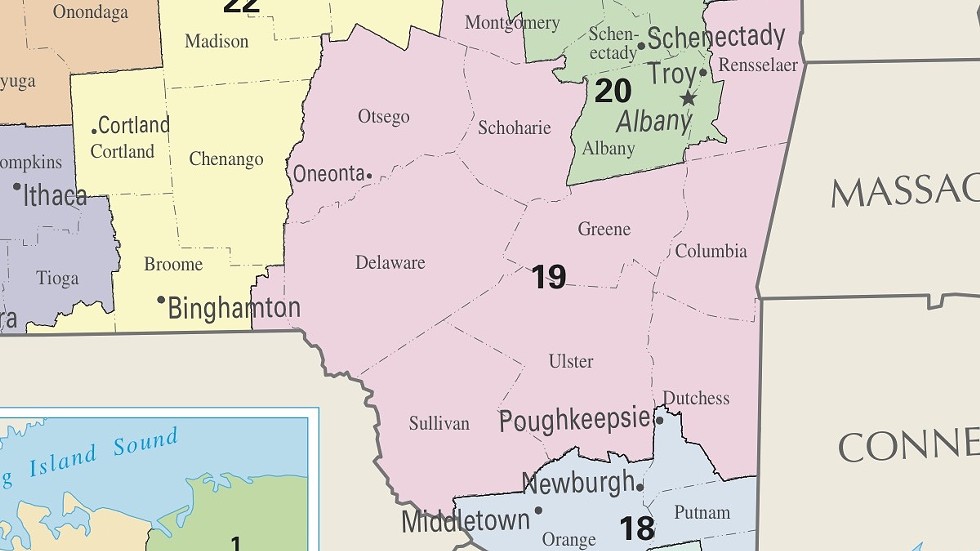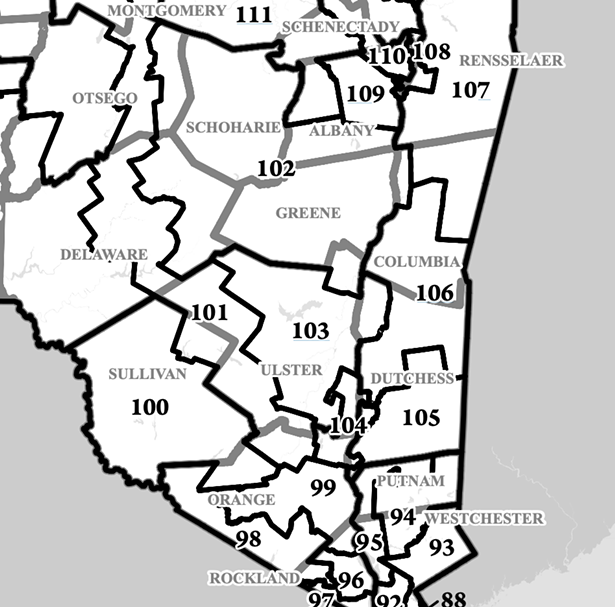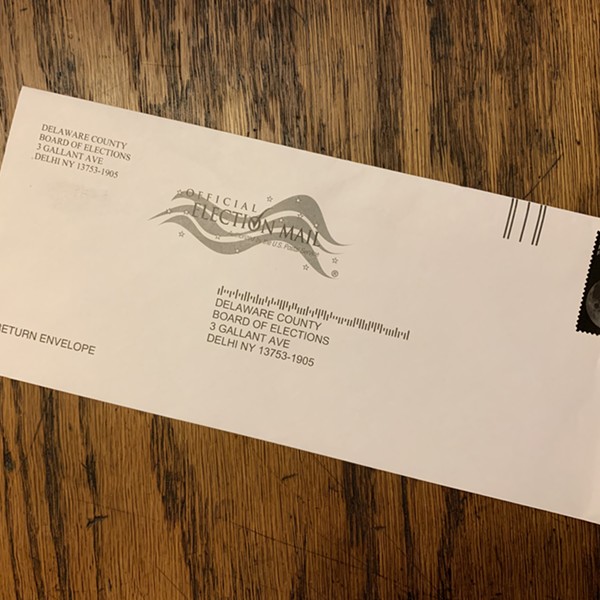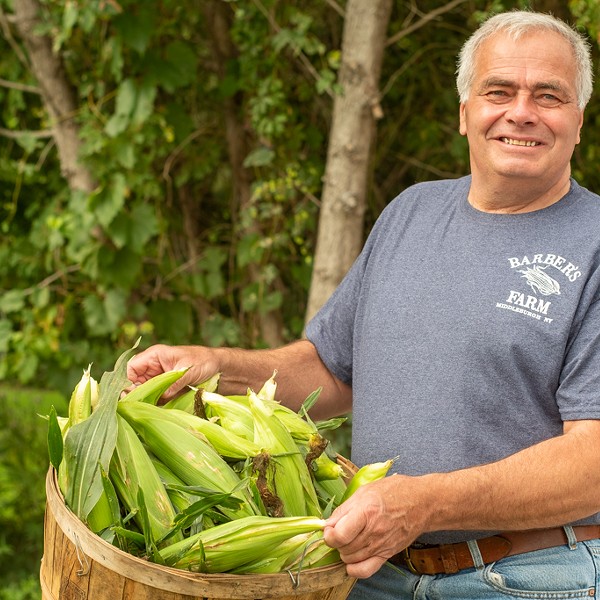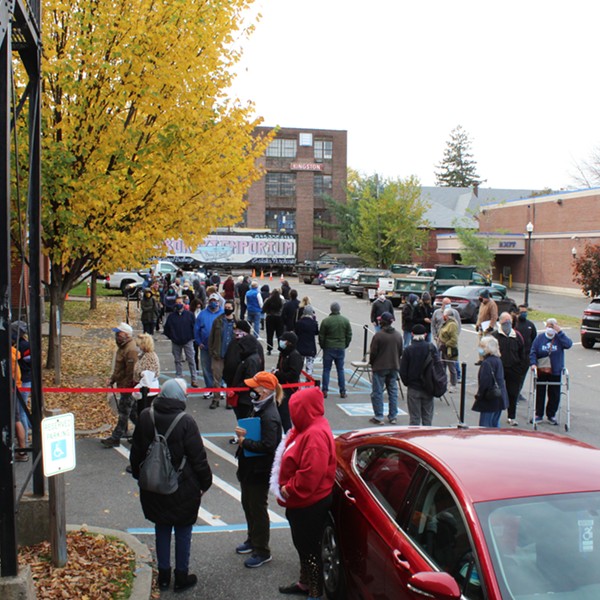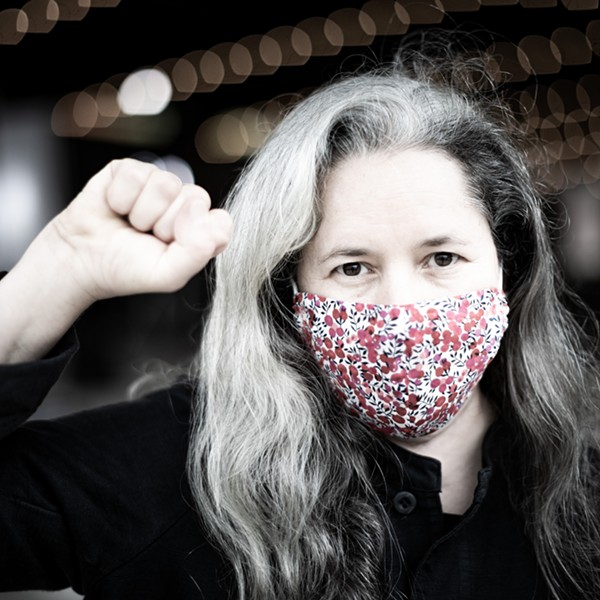The well-being of the country is at stake in every election, but when a pandemic is burning through our citizens and economy, these words do not do the situation justice. The existence of America is up for a vote.
The presidential contest is the marquee event, but the Hudson Valley will also choose its state representatives and decide if Congressman Antonio Delgado deserves a second term.
The Big Picture
Hudson Valley progressives triumphed in the 2018 midterm elections, turning dissatisfaction with President Trump and concerns about health care into a “Blue Wave.” Delgado beat incumbent John Faso in the 19th Congressional district, which includes the upper half of the Hudson Valley and the Catskills. In the state senate, two open seats previously held by Republicans went Democratic: Jen Metzger was elected in the 42nd district, which includes Sullivan County and parts of Ulster County, and James Skoufis was elected in the 39th district, which includes eastern Orange County and parts of southern Ulster County, turning much of the western Hudson Valley blue.
The biggest question is whether Democrats can hold on to these gains, or even expand on them, during a pandemic.
In the time of COVID, campaigning is difficult. Canvassing and traditional campaign trail events are hard to pull off. This can favor the incumbent, who is already known, and who doesn’t need to go door-to-door notifying people of their existence.
Democrats were able to flip the Hudson Valley in part because of their ground game—by convincing people to come out and vote. It will be harder to repeat this feat in November.
But since this is a presidential election year, many of the state or Congressional races will be influenced by who is elected president. If Biden turns out a lot of Democrats to vote for him, they will most likely vote for the down-ballot Democrats as well. If Trump gets a lot of votes, the down-ballot Republicans would most likely profit.
Last time around, Trump got the most votes in the 18th and 19th Congressional districts, which comprise the mid- and upper Hudson Valley and the Catskills. The area now comprising the 19th district went for Obama in 2012 and 2008, according to Daily Kos.
Congress
Freshman Congressman Antonio Delgado will defend his seat against Kyle Van De Water, an attorney and veteran from Millbrook. Van De Water aligns himself solidly with President Trump on his campaign page, trying a different tack than John Faso, who neither expressly supported nor denounced Trump while running for re-election in 2018.
In the first six months of 2020, Van De Water received only 40 campaign contributions from individuals, taking in a total of just over $19,000, according to Federal Elections Commission (FEC) filings. Delgado raised more than $2.2 million over the same period.
Delgado won by 15,000 votes in 2018. Though not exactly a wipeout in a contest where 287,894 residents cast ballots, it was a solid victory when considering the district’s voter enrollment. Though there were nearly 12,000 more registered Democrats than Republicans that year, according to the Board of Elections, this advantage shrunk when taking into consideration third parties that generally throw their support behind major-party candidates. Adding the New York Conservative Party—which cross-endorsed Faso—to the Republican tally, and the Working Families Party—which cross-endorsed Delgado—to the Democratic tally put the latter group only 2,800 voters ahead.
Since then, Democratic enrollment has jumped by about 8,000 and Republican enrollment rose by just under 1,000, suggesting Delgado will win by a wider margin this year.
Turnout in 2018’s midterm elections was huge, rivaling that of some presidential elections. Nearly all the additional turnout went to Delgado; Faso actually collected fewer votes than he did during the previous midterm election, in 2014.
Even with the better enrollment picture, Democrats must whip up 2018 levels of enthusiasm to get 2018’s solid victory. But there is in fact more enthusiasm for this election, since progressives have a chance to vote directly against Trump, instead of by proxy like in the midterm.
It would be difficult for Van De Water to overcome Delgado’s advantages with name recognition, funds and enrollment, as well as the down-ballot effect—recent polls show voters increasingly prefer Biden to Trump. Since Van De Water identifies so closely with Trump, it’s pretty inconceivable many voters in the 19th would select Biden for president and Van De Water for Congressman.
One could argue the politically moderate Delgado could capture some of the Trump voters, but, with his vote to impeach the president, this seems a long shot.
The State Assembly
All the Hudson Valley’s state Assemblymembers are up for re-election, but none seems to be facing strong opposition from insurgent candidates. Democratic Assemblymembers Kevin Cahill and Didi Barrett are well-established in the 103rd and 106th districts, respectively, in the mid-Hudson Valley, and Aileen Gunther is running unopposed in the southern Catskills’s 100th district. Republican Assemblyman Kieran Michael Lalor, who represents part of southern Dutchess County, will also most likely win the 105th. Republican Chris Tague, whose district includes Greene County and Saugerties, and Democrat Jonathan Jacobson, whose district includes the cities of Poughkeepsie, Newburgh, and Beacon, have only been in office for one term, but enrollment numbers in their districts predict solid wins.
The 101st, one of the more creatively drawn districts in the state, is a contest between two-term incumbent Republican Brian Miller, who previously served as chairman of the Oneida County Legislature’s Public Works Committee, and Democrat Chad McEvoy, who wrote in 2018 when running for the seat that if he won, he’d get rid of the district, calling it a “monstrosity of gerrymandering that disenfranchises voters and weakens representative democracy in upstate New York.”
The State Senate
This is where it gets interesting. In District 46, which includes Greene County and northern Ulster County, Republican George Amedore is retiring, leaving his seat to be battled over by Republican Richard Amedure and Democrat Michelle Hinchey. Amedure, a veteran of the state police and a former official for the state trooper’s union, has come out strongly against bail reform, saying on his campaign site he experienced firsthand the problems it has caused. He also promises to focus on local issues, such as preserving open space, advocating for small businesses and farms, and “acting as a strong voice against the downstate interests that harm our way of life,” according to the site.
Hinchey, a former communications executive, benefits from her liberal pedigree: her father was Maurice Hinchey, a longtime New York congressman known for his environmentalism. On her campaign site, she advocates for green jobs, upstate infrastructure, and holding Internet service providers accountable to promises to bring high-speed internet to rural residents. She also states that all New Yorkers “deserve access to affordable, quality care,” but stops short of endorsing the New York State Health Act, which would give health care—much different from giving access to health care—to everyone in the state. But she has not specifically come out against the act at this point in her campaign, either.
Enrollment favors Hinchey, with 13,451 more voters enrolled in the Democratic Party or the Working Families Party than the Republican or Conservative parties. However, the margin was almost as wide in 2018, but Amedore crushed Democrat Pat Strong, getting 68,300 votes to her 54,100, according to the BOE.
Hinchey is working with more funding, outraising Amedure 3-to-1 in the first six months of the year, according to BOE filings.
Democratic State Senator Jen Metzger could also face a strong challenge from Republican Michael Martucci. Metzger has only been in office for two years, and Martucci has a substantial campaign war chest, thanks to a $100,000 personal loan the candidate made to his campaign. However, Metzger started raising money far earlier than Martucci, and has raised more funds through individual contributions than the Republican, which speaks to a broader base of support.
The 41st Senate district, which includes almost all of Dutchess County and the western half of Putnam County, looks to be a tight race. The district went for Democrat Terry Gipson in 2012, who was the defeated by Republican Sue Serino in 2014. Serino crushed Gipson in 2016, but then barely won re-election during the “Blue Wave” of 2018, beating Democrat Karen Smythe by less than 700 votes.
Now Smythe is back for a rematch. The Poughkeepsie-raised Smythe still focuses on income disparity and healthcare on her campaign page, but also highlights racial inequality, pushing for all primary and secondary schools to include “an antiracist curriculum that includes civics and an honest and inclusive history of the United States.”
Smythe formerly ran her family’s construction business and has organized labor in her corner—unions contributed more than $30,000 to her campaign by mid-July, according to her campaign’s BOE filings.
Serino is a licensed real estate broker; she created Serino Realty in Poughkeepsie prior to running for office, which now employs more than 20 agents, according to the brokerage’s website. She was elected to the Hyde Park Town Board in 2010 and the Dutchess County Legislature in 2011.
Serino often rails against red tape—the target of ire of conservative politicians in New York—but has also worked hard on non-partisan issues. She has sponsored a dozen bills on Lyme disease in the last two years and began struggling to protect nursing home residents from COVID-19 infection in mid-April. Cuomo’s policy of forcing nursing homes to accept recovering COVID-19 patients has come under harsher and harsher scrutiny since then, culminated in the August 3 bipartisan barbequing of Dr. Howard Zucker, Cuomo’s commissioner of health.
Serino also has breast cancer. The tumor was caught early, and Serino had what her office called a “successful” lumpectomy June 2. However, the tumor had begun to spread before the procedure, and Serino said she started four weeks of radiation treatment July 13.
Enrollment numbers favor Smythe—but they also favored her during her defeat two years ago, when there were nearly 14,000 more enrolled Democrats and Working Family Party members than enrolled Republicans and Conservative Party members.
The electoral makeup in the district has changed dramatically since then, with the GOP losing about 1,000 enrolled members and Democrats gaining nearly 2,900—more than Smythe lost by last time around.
Though the 51st district mainly covers the western Catskills, it makes the The River’s cut because the race is wide open after Republican James Seward chose to retire. Peter Oberacker, a businessman and member of the Otsego County Board of Representatives, is facing Jim Barber, a fifth-generation family farmer who also served as the state’s Executive Director of the USDA Farm Service Agency for seven years. Though enrollment heavily favors Oberacker, open races are harder to predict, and a good campaign on Barber’s part could give Oberacker a run for his money.
Of course, in the time of COVID, predictions can go out the window. The River will be covering the local races until election day. Check back for more.







